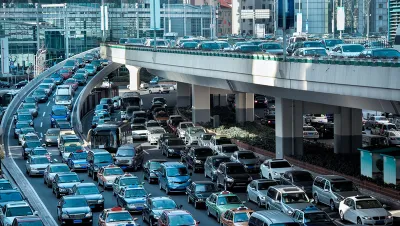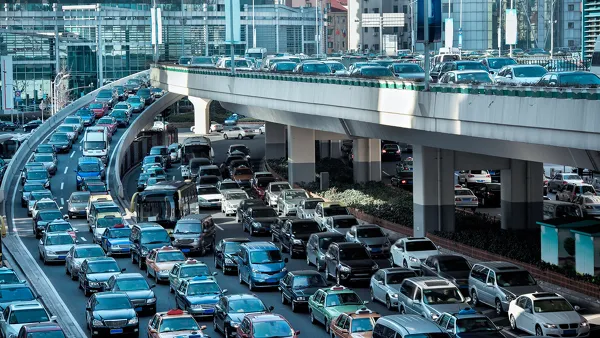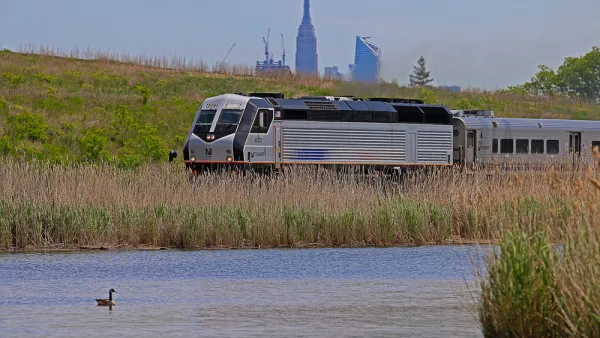Unsurprisingly, American workers whose commutes have been reduced or eliminated by new remote work arrangements are spending more time on rest, leisure, and childcare activities.

With the rise of remote work during the COVID-19 pandemic leading to a seismic shift in commuter behavior, Americans are, on aggregate, spending 60 million fewer hours commuting every day. So what is everyone doing with all that extra time? David Dam, Davide Melcangi, Laura Pilossoph, and Aidan Toner-Rodgers sought to find out, explaining their results in Liberty Street Economics.
According to the article, “Using detailed data from the American Time Use Survey (ATUS), we find that employed individuals allocate their saved commute time toward leisure activities and sleeping, while reducing overall work hours.” The researchers found a “substantial fall in time spent working,” with the decrease only partially offset by the increase in work-from-home hours. The study also found that “notable increases in leisure time and sleeping,” particularly among younger Americans, “who reported spending more time at social events, eating at restaurants or bars, and exercising” and spent more time with people outside their own households than older Americans, a fact likely reflective of higher COVID-19 risks for older people.
The researchers conclude that “The findings lend credence to the various reports on employees’ preferences for flexible work arrangements, given that cutting the commute enables people to spend their time on other activities, such as childcare or leisure.”
FULL STORY: What Have Workers Done with the Time Freed up by Commuting Less?

Analysis: Cybertruck Fatality Rate Far Exceeds That of Ford Pinto
The Tesla Cybertruck was recalled seven times last year.

National Parks Layoffs Will Cause Communities to Lose Billions
Thousands of essential park workers were laid off this week, just before the busy spring break season.

Retro-silient?: America’s First “Eco-burb,” The Woodlands Turns 50
A master-planned community north of Houston offers lessons on green infrastructure and resilient design, but falls short of its founder’s lofty affordability and walkability goals.

Test News Post 1
This is a summary

Analysis: Cybertruck Fatality Rate Far Exceeds That of Ford Pinto
The Tesla Cybertruck was recalled seven times last year.

Test News Headline 46
Test for the image on the front page.
Urban Design for Planners 1: Software Tools
This six-course series explores essential urban design concepts using open source software and equips planners with the tools they need to participate fully in the urban design process.
Planning for Universal Design
Learn the tools for implementing Universal Design in planning regulations.
EMC Planning Group, Inc.
Planetizen
Planetizen
Mpact (formerly Rail~Volution)
Great Falls Development Authority, Inc.
HUDs Office of Policy Development and Research
NYU Wagner Graduate School of Public Service




























